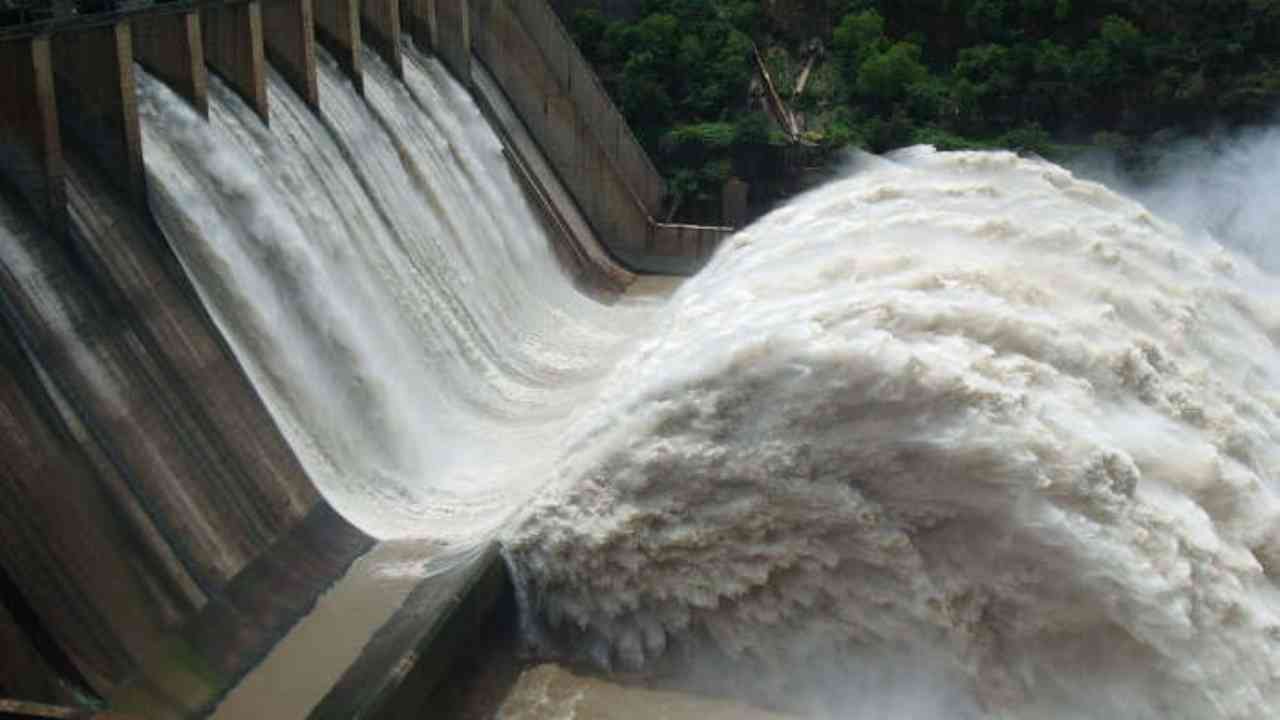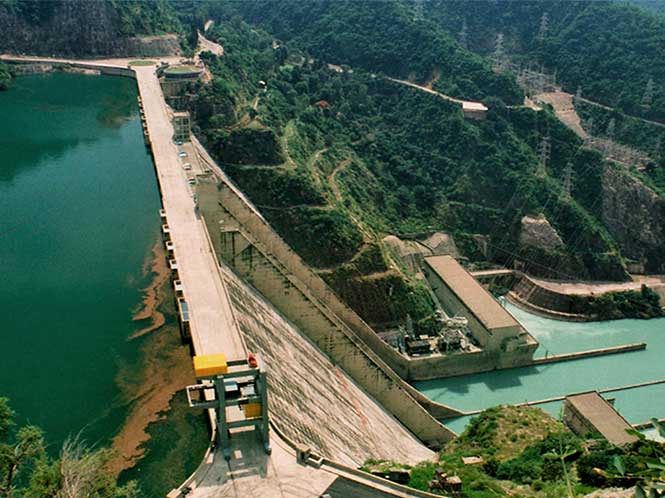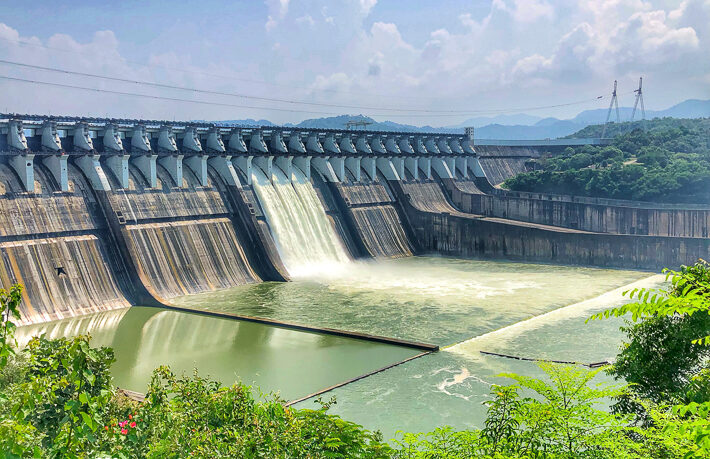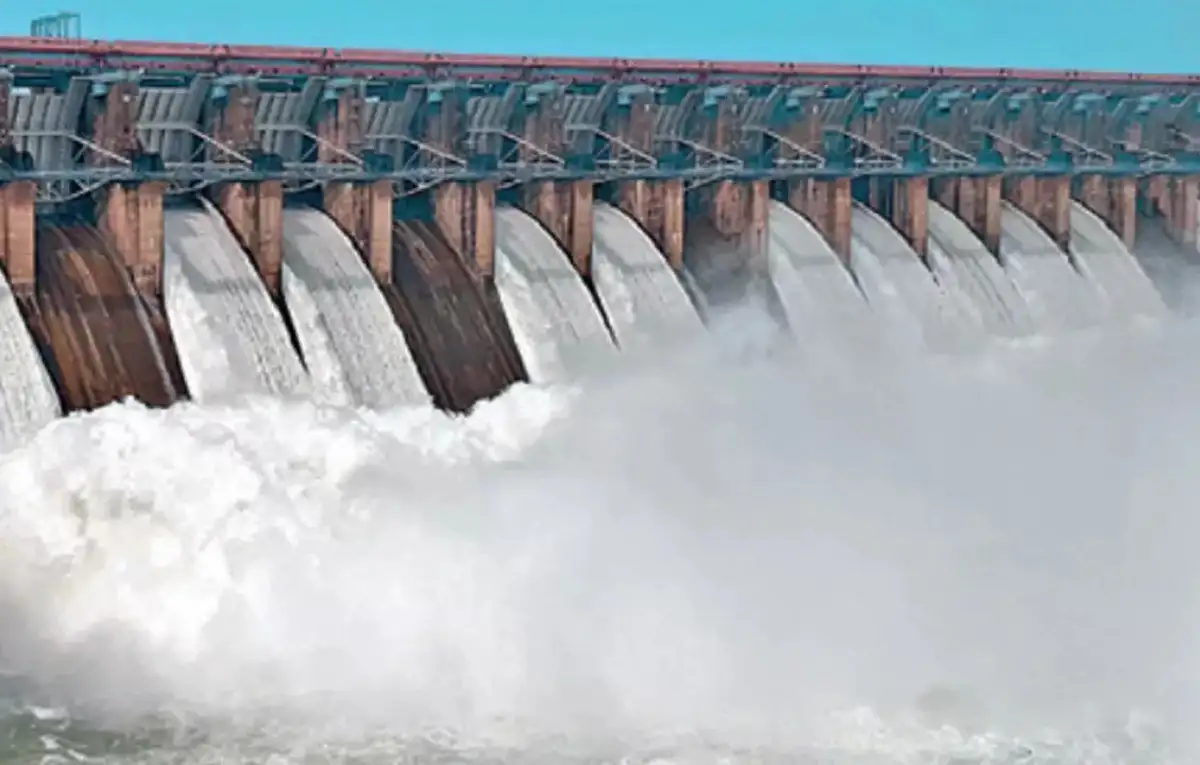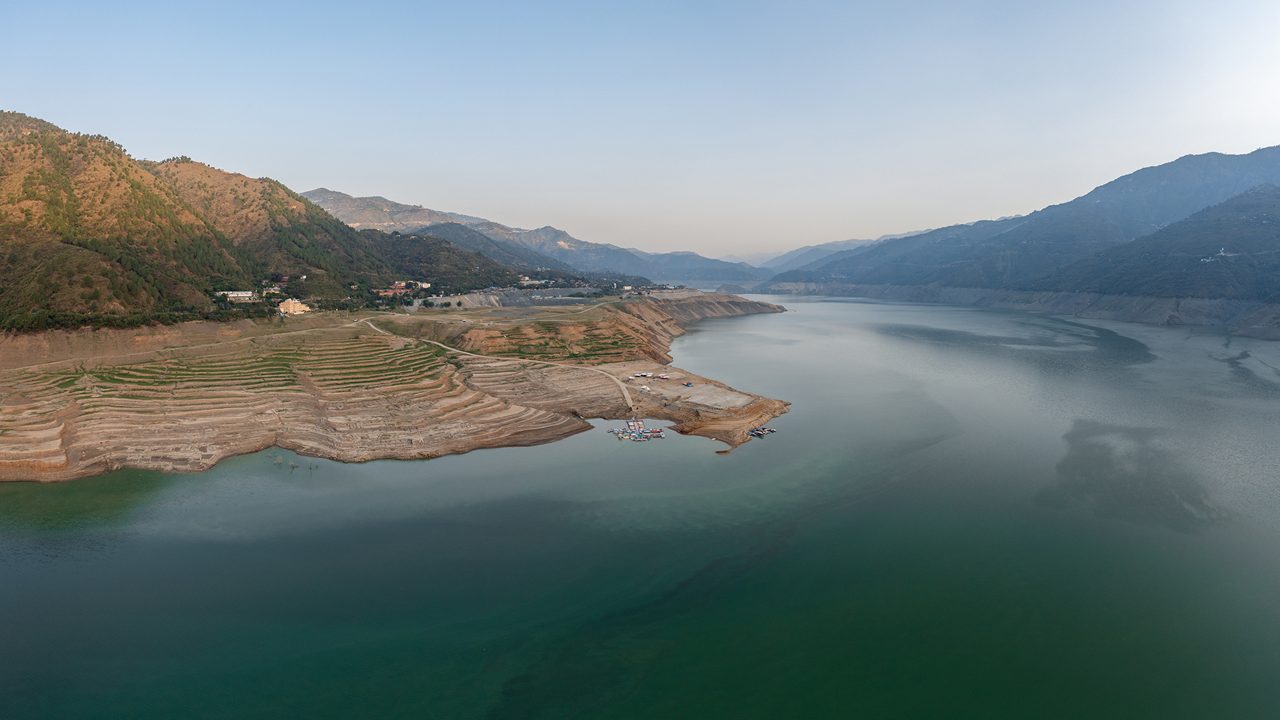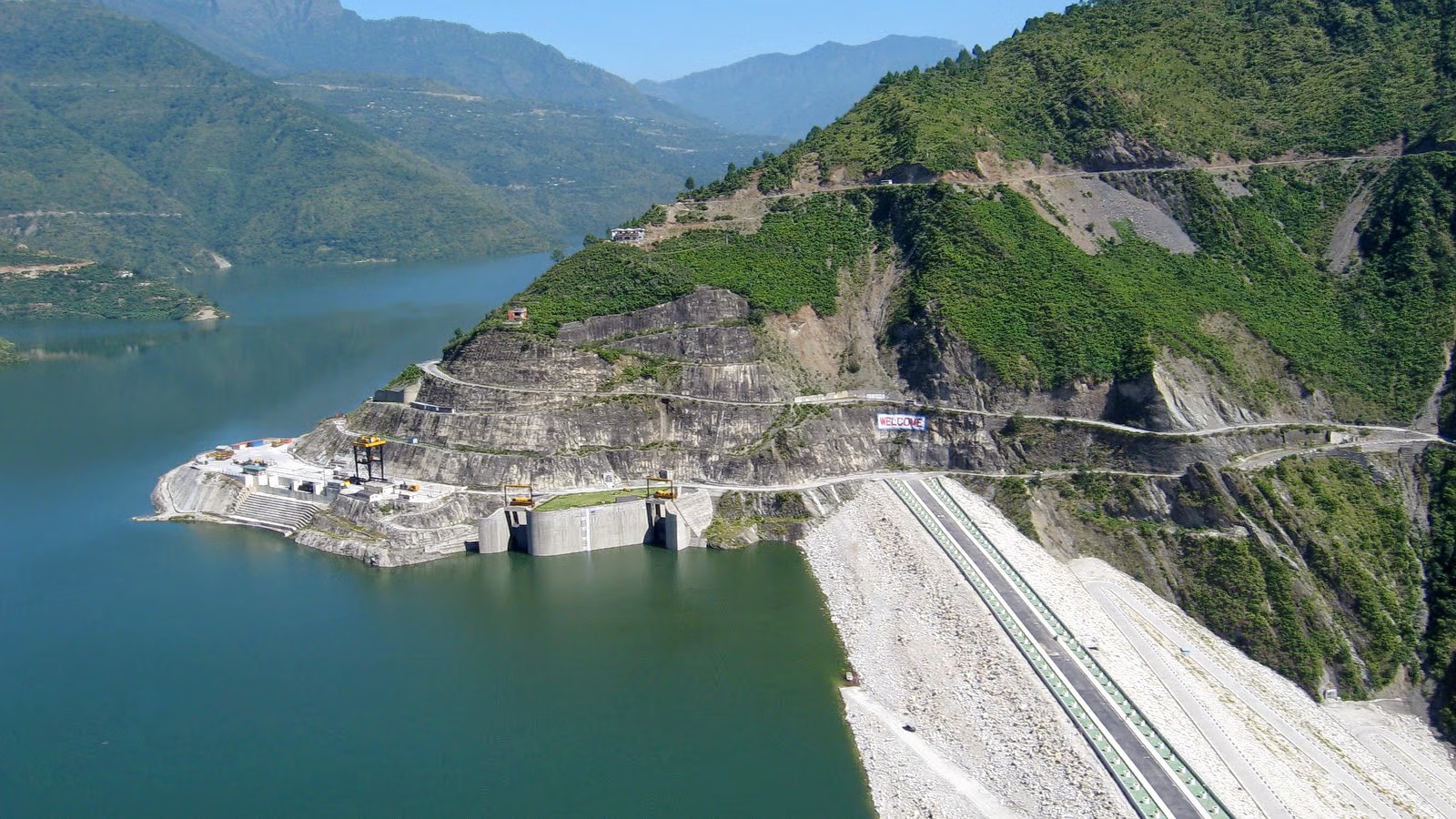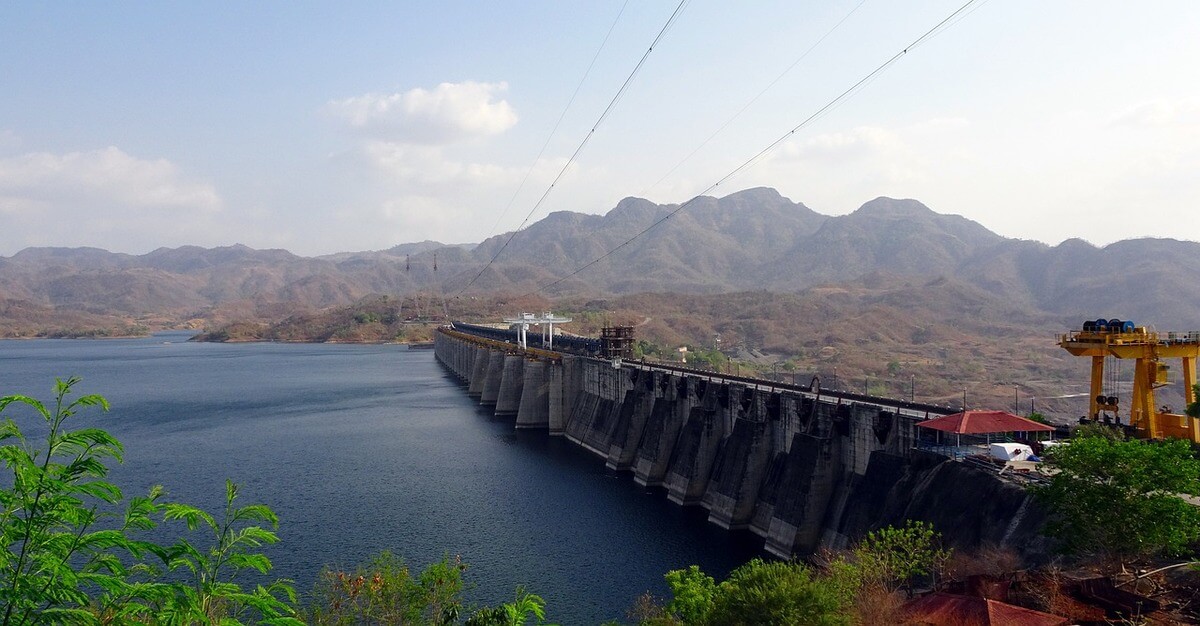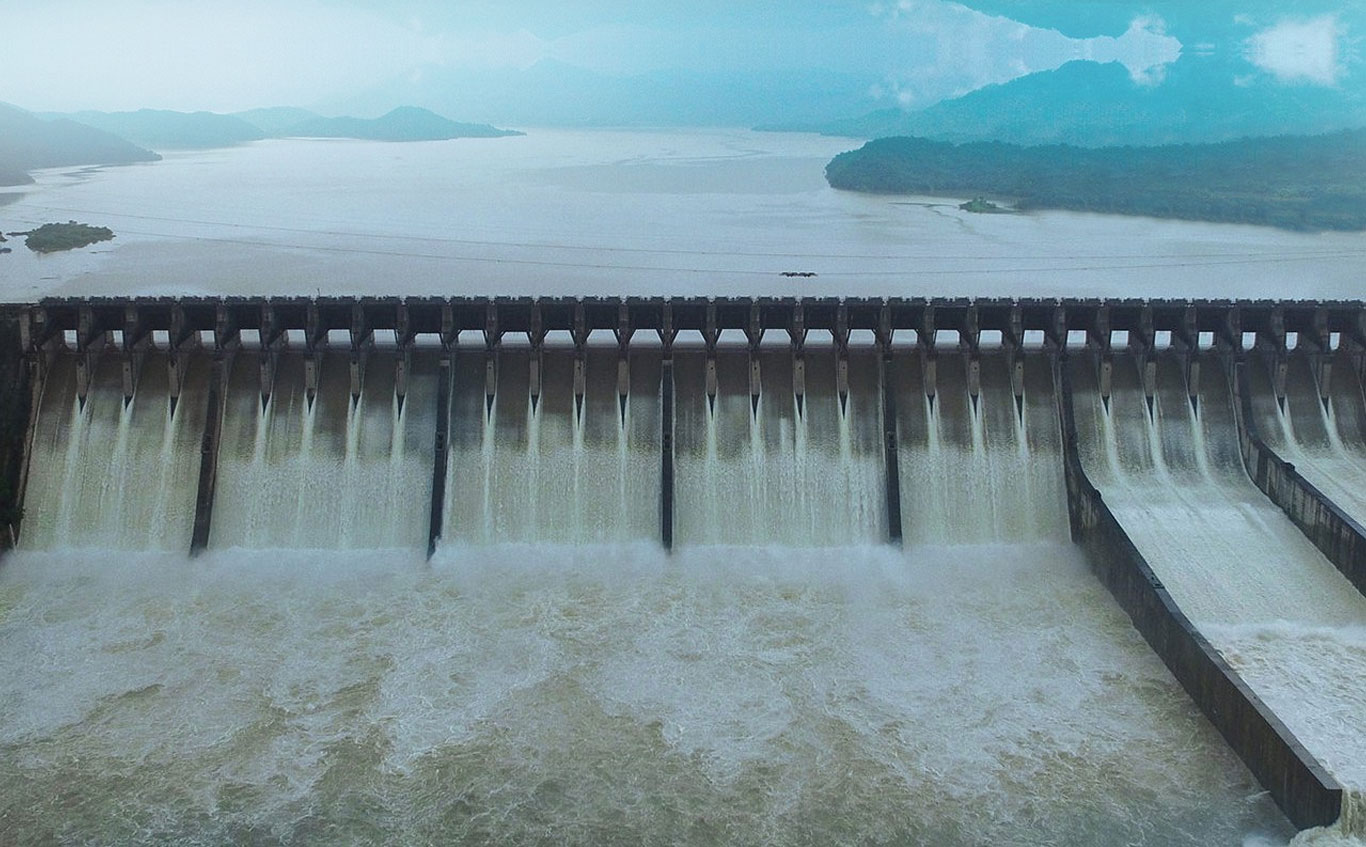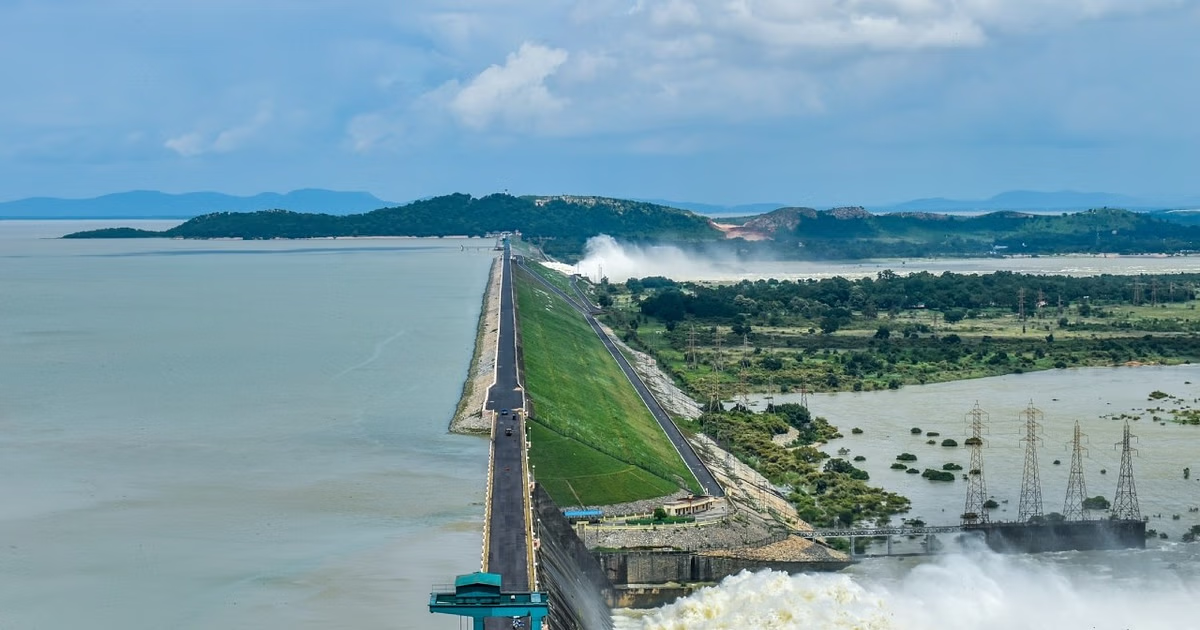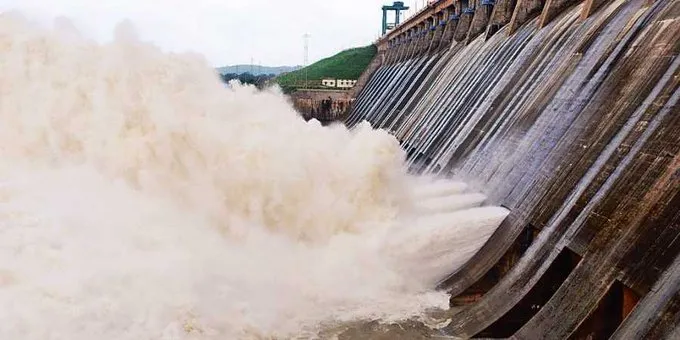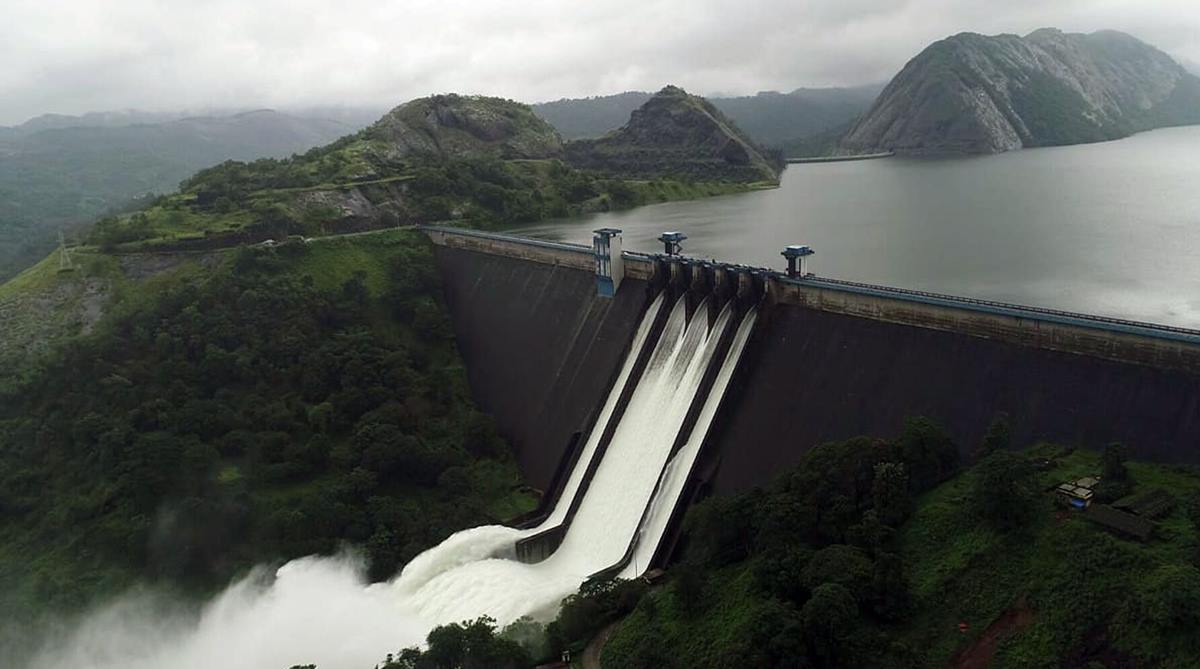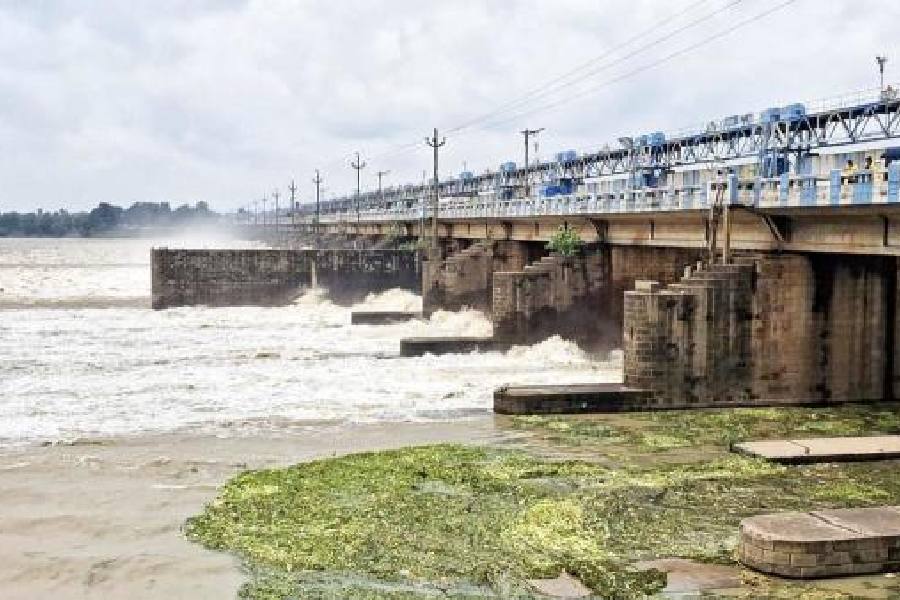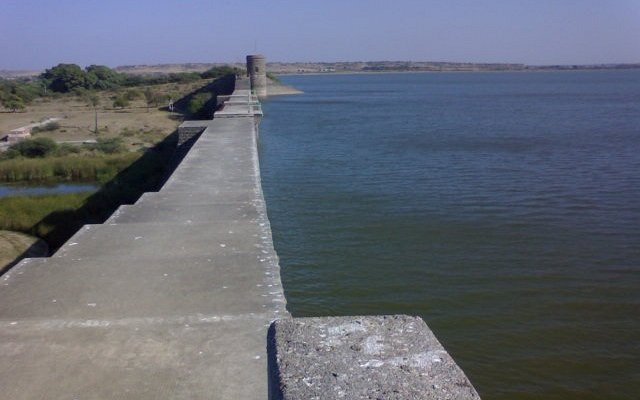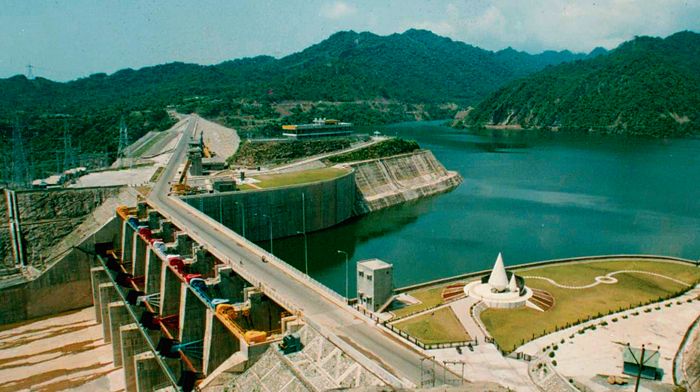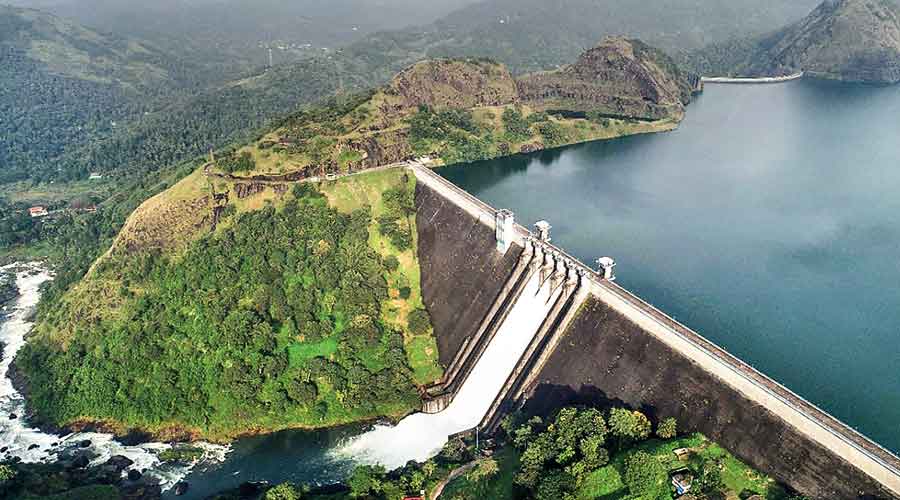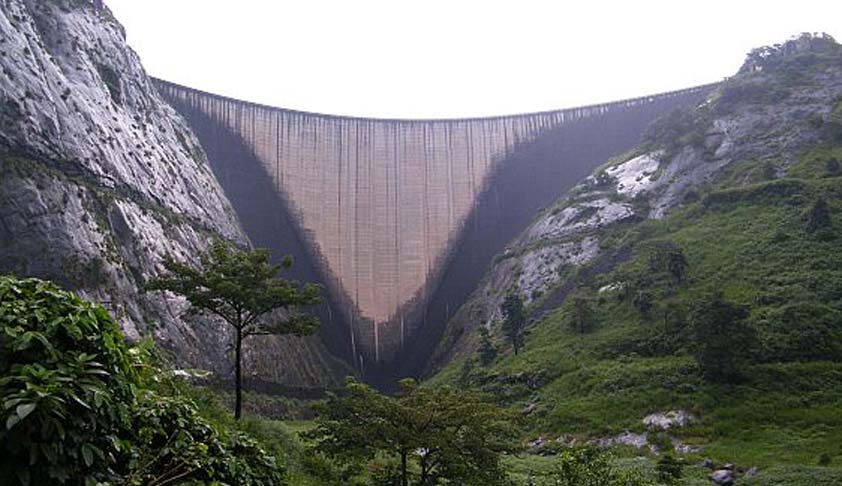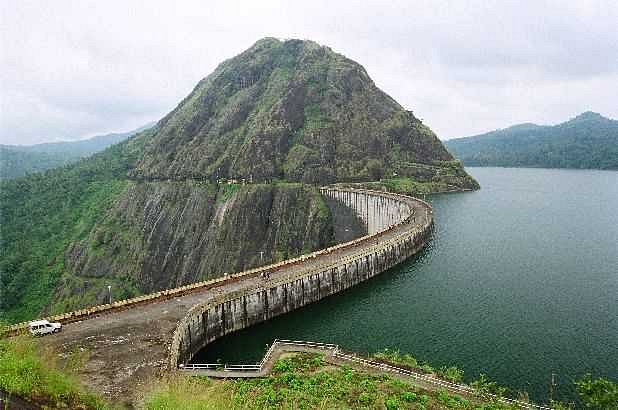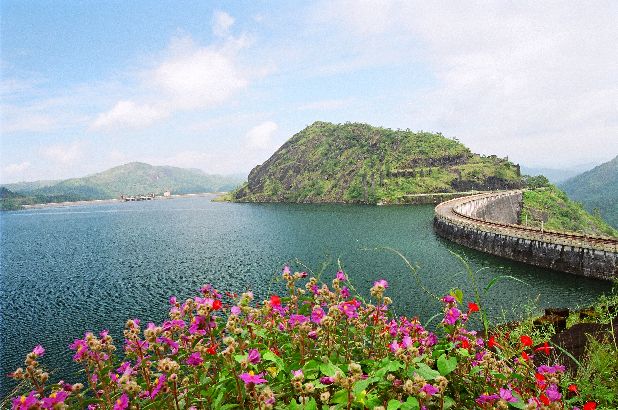There are Top 10 Dams of India that are essential for flood control, hydroelectric power, agriculture, and water supply. In addition to providing visual splendor, these engineering wonders also present tourism prospects. The top ten dams in India are highlighted in this list based on their size, importance, and role in the development of the country.
1. Bhakra Nangal Dam
-
Location: On the Sutlej River, Himachal Pradesh
-
Type: Concrete gravity dam
-
Height: 225.55 meters
-
Length: 518.25 meters
-
-
Capacity: 9.34 billion cubic meters
-
Construction: Completed in 1963
-
History: The dam was constructed for electricity generating, flood control, and irrigation. It was built following India’s partition to use the Sutlej River’s waters for northern India’s agricultural requirements. One of the tallest dams in India, it provides a significant amount of irrigation to Punjab, Haryana, and Rajasthan..
-
Significance:Bhakra Nangal is essential to India’s green revolution. It is a significant source of electricity generation, flood control, and irrigation.
2. Sardar Sarovar Dam
-
Location: Narmada River, Gujarat
-
Type: Concrete gravity dam
-
Height: 138 meters
-
Length: 1,210 meters
-
Capacity: 4.73 billion cubic meters
-
Construction: Completed in 2017
-
History:The Narmada Valley Project includes the Sardar Sarovar Dam, which was started in 1987. It was created to supply Gujarat, Maharashtra, and Madhya Pradesh with water for drinking, cultivation, and energy.
-
Significance: The dam has greatly aided Gujarat’s irrigation demands and increased the amount of water available in drought-prone areas. In terms of water capacity, it’s among India’s biggest dams.
3. Tehri Dam
-
Location: Bhagirathi River, Uttarakhand
-
Type: Rock-filled embankment dam
-
Height: 260.5 meters
-
Length: 575 meters
-
Capacity: 2.9 billion cubic meters
-
Construction: Completed in 2006
-
History: Environmental and societal problems posed many obstacles to the Tehri Dam’s construction. The project’s goal was to build a multifunctional facility that would supply drinking water, hydroelectric power, and irrigation water.
-
Significance: The tallest dam in India, the Tehri Dam controls the Bhagirathi River’s flow to supply water to different areas and produce hydroelectric power
4. Narmada Dam (Narmada Valley Project)
-
Location: Narmada River, Madhya Pradesh
-
Type: Concrete gravity dam
-
Height: 163 meters
-
Length: 1,204 meters
-
Capacity: 3.3 billion cubic meters
-
Construction: Started in 1987, completed in 2004
-
History: The dam’s social and environmental effects on nearby tribes and wildlife made it a contentious project. The dam supplies a sizable portion of the area with irrigation, electricity, and water in spite of protests.
-
Significance: For the production of energy and irrigation, the Narmada Dam is essential. People have been displaced, which has had major political and social repercussions.
5. Kakrapar Dam
-
Location: Tapi River, Gujarat
-
Type: Concrete gravity dam
-
Height: 38.5 meters
-
Length: 406 meters
-
Capacity: 1.58 billion cubic meters
-
Construction: Completed in 1991
-
History: The dam generates electricity and is used for irrigation. The Gujarat Water Supply and Sewerage Board’s initiative to control the area’s water supply includes the Kakrapar Dam.
-
Significance: It is an essential source of water and contributes to the power supply for the industrial areas nearby.
6. Hirakud Dam
-
Location: Mahanadi River, Odisha
-
Type: Earth and concrete gravity dam
-
Height: 60.96 meters
-
Length: 4,800 meters
-
Capacity: 5.8 billion cubic meters
-
Construction: Completed in 1957
-
History: One of the world’s longest earthen dams is Hirakud Dam. It was built with flood control, irrigation, and power generating in mind, beginning in 1948.
-
Significance: In addition to providing irrigation for sizable portions of Odisha, the dam has assisted in reducing flooding in the Mahanadi River basin.
7. Damodar Valley Dam
-
Location: Damodar River, Jharkhand and West Bengal
-
Type: Multiple dams (Durgapur, Maithon, etc.)
-
Height: Varies
-
Capacity: Varies
-
Construction: Various (Maithon 1957, Durgapur 1955)
-
History: To oversee these dams for irrigation, flood control, and electricity production, the Damodar Valley Corporation (DVC) was established. Flooding has long been a problem for the Damodar River.
-
Significance: Flood management, power supply, and irrigation in eastern India have all benefited greatly from the DVC project.
8. Ranjit Sagar Dam
-
Location: Ravi River, Punjab
-
Type: Concrete gravity dam
-
Height: 160 meters
-
Length: 835 meters
-
Capacity: 1.56 billion cubic meters
-
Construction: Completed in 2001
-
History: Known by another name, the Thien Dam, it was built for irrigation, power generating, and water delivery.
-
Significance:It provides drinking water to Punjab and is an essential source of irrigation. Additionally, the dam facilitates the generation of hydroelectric electricity.
-
9. Mullaperiyar Dam
-
Location: Periyar River, Kerala
-
Type: Concrete gravity dam
-
Height: 53.6 meters
-
Length: 365.7 meters
-
Capacity: 1.8 billion cubic meters
-
Construction: Completed in 1895
-
History: The British built the Mullaperiyar Dam, which has generated debate because of its age and safety issues.
-
Significance: It is a significant source of irrigation for Tamil Nadu despite the disputes, but it has been the target of calls for modernization and safety inspections.
10. Idukki Dam
-
Location: Periyar River, Kerala
-
Type: Arch dam
-
Height: 168.91 meters
-
Length: 365 meters
-
Capacity: 2.8 billion cubic meters
-
Construction: Completed in 1976
-
History: Idukki Dam was built for irrigation and hydroelectric power production.
-
Significance: It provides electricity to the state grid, making it an essential power source in Kerala. The region’s development has been greatly aided by the dam.
-
Conclusion:
- These Top 10 Dams of India not only demonstrate India’s engineering prowess but also provide significant contributions to the nation’s water management, power generation, and agricultural productivity. Every dam has a unique history, and some have been controversial because of social, political, or environmental issues. The Top 10 Dams of India are still essential for maintaining India’s population and managing its water supplies, nevertheless.
